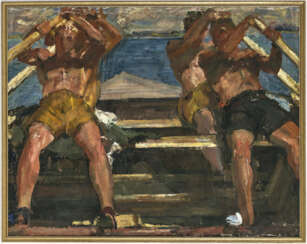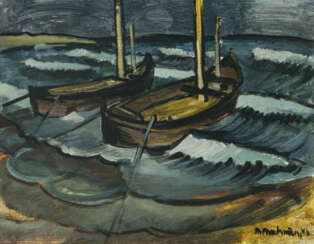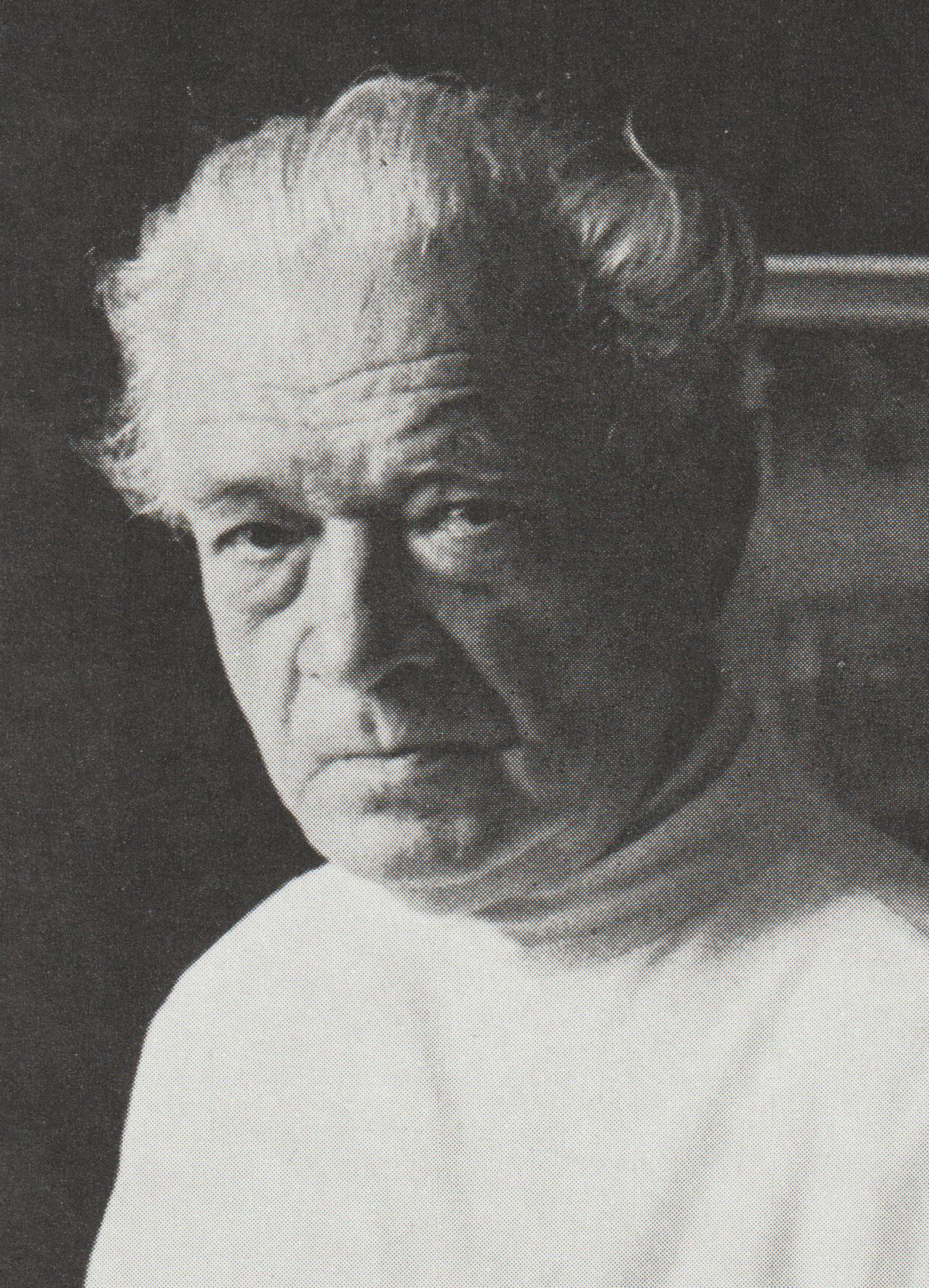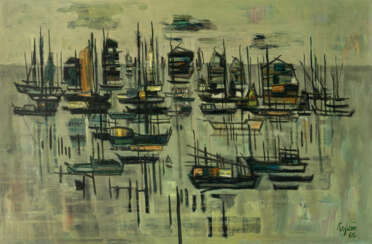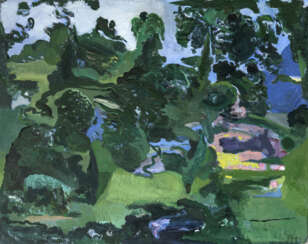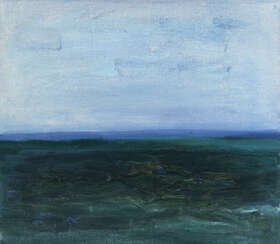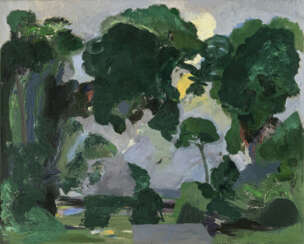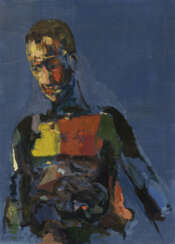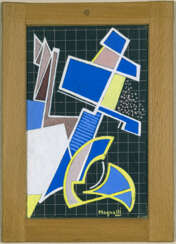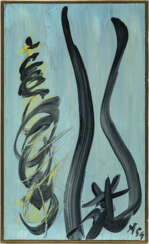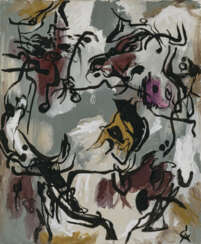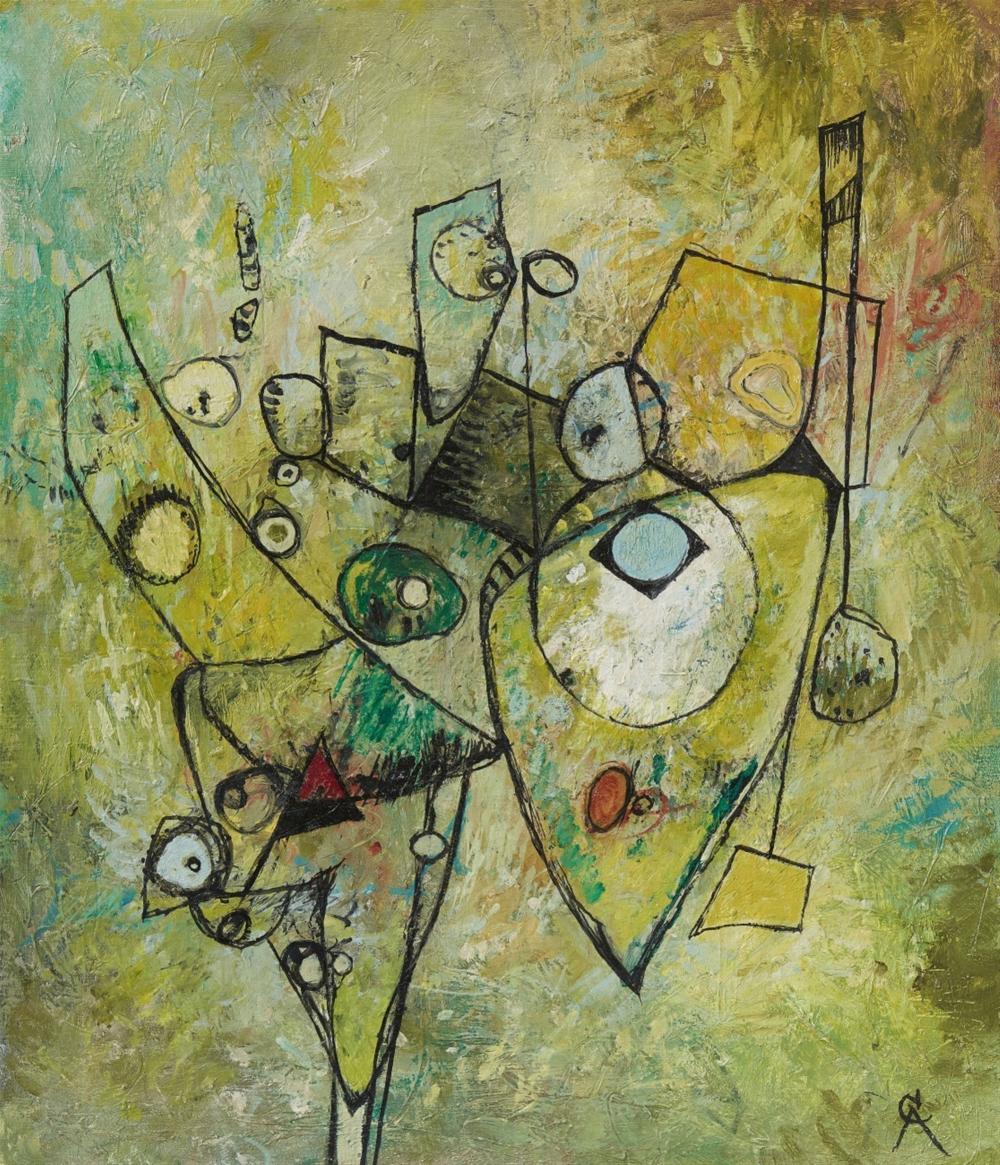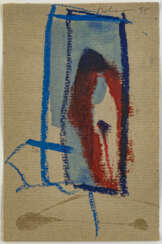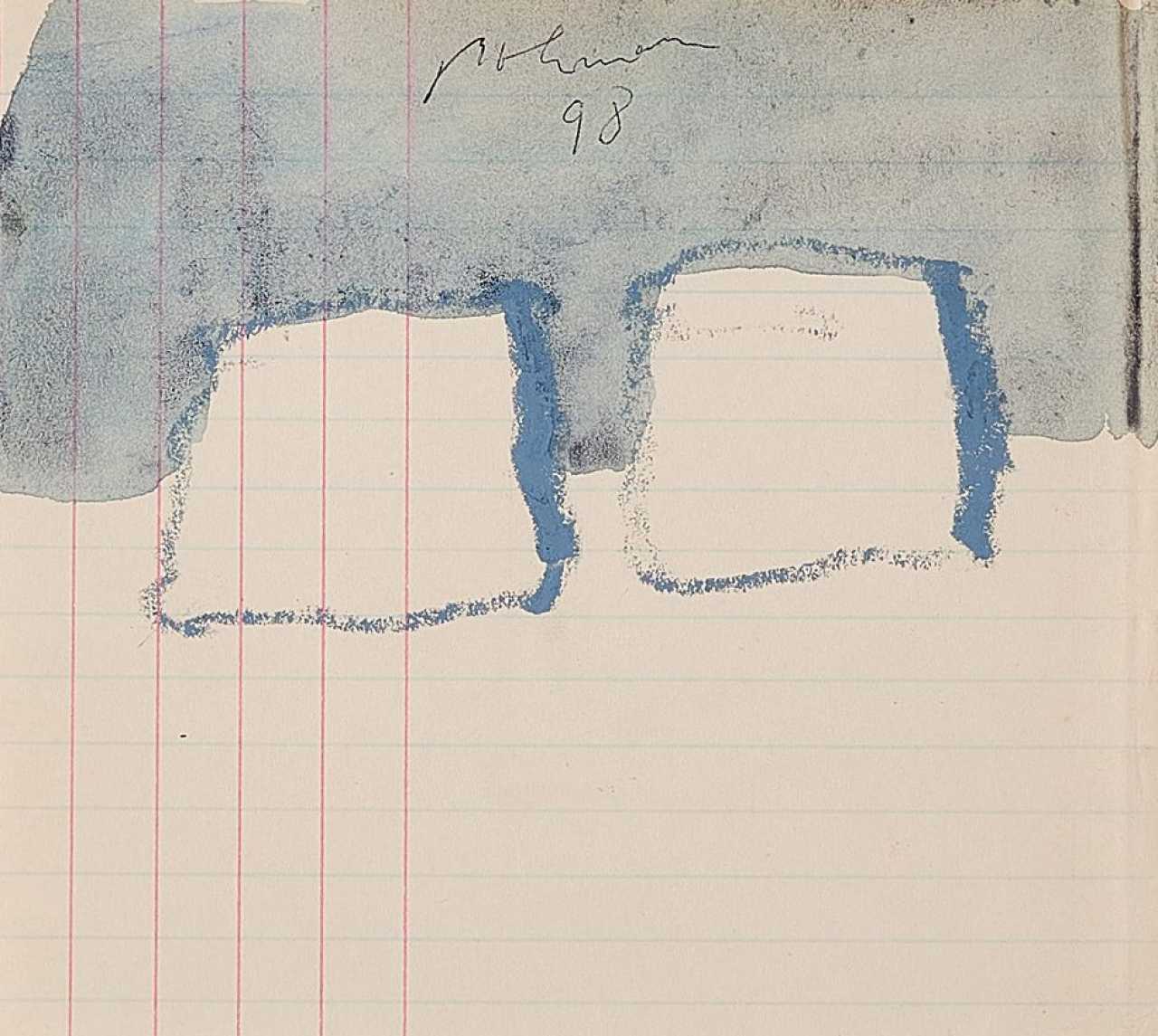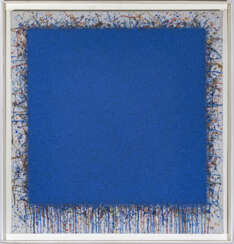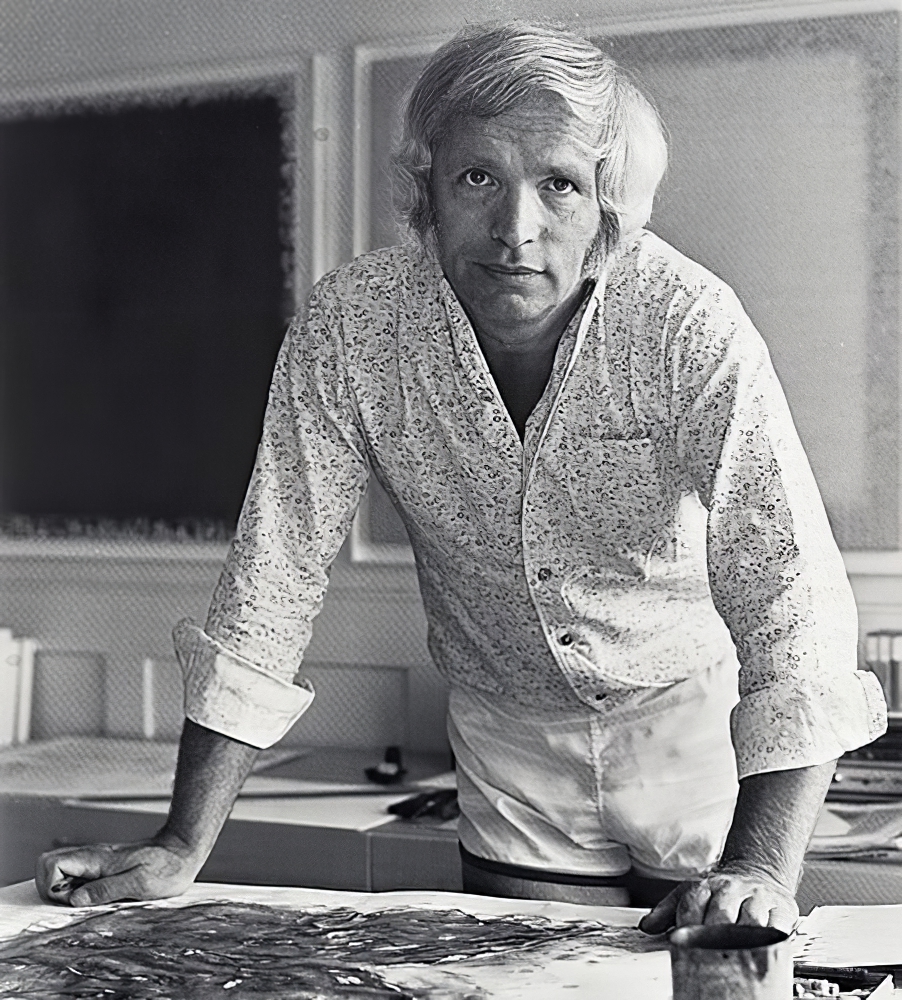
Paintings Classic Modern — Modern and Contemporary Art
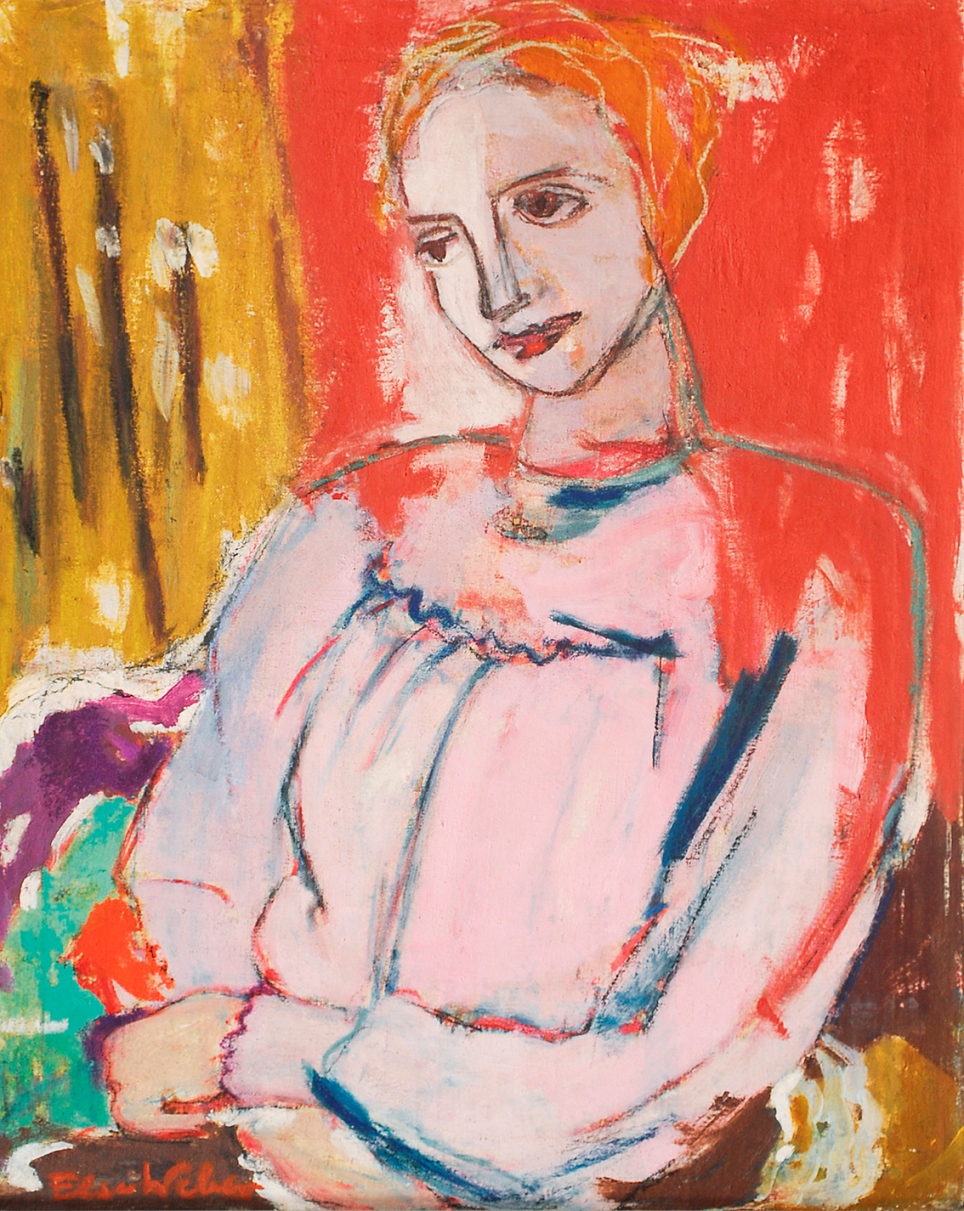
Else Weber-Rouwolf, born Else Rouwolf, was a German artist of expressive realism.
Else painted her first picture at the age of 30 and first exhibited in Hamburg in 1926. She became a participant of the Hamburg Secession, a member of the "Hamburg Society of Artists" and "Gedok", was friends with E. Hartmann and G. Volville. In 1929, the artist went to Paris for a year to study at the Academy Grande Chaumiere.
The main direction of Weber's work was portraiture - her models were artists, friends, husband and daughter, acquaintances and their children. Elsa also traveled extensively and painted landscapes. She survived the war, painted until she was ninety and died at the age of 100.
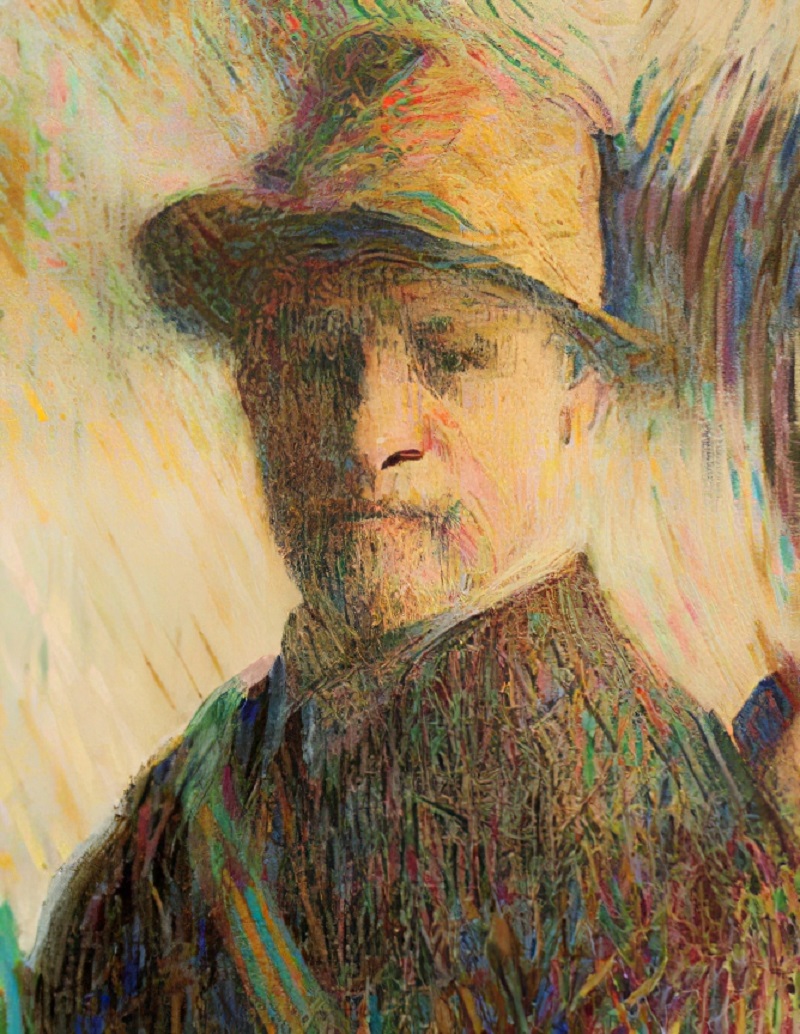
Hugo Curt Herrmann was a German Impressionist and Neo-Impressionist painter; associated with the Berlin Secession. Although he was primarily interested in painting portraits, he also spent some time with the history painter Wilhelm von Lindenschmit at the Academy of Fine Arts, Munich. In 1885, he set up as a portrait painter in Munich and befriended the art critic Richard Muther. In 1893, he moved to Berlin, where he opened a drawing and painting school for women. In 1898, he became one of the founding members of the Berlin Secession and sat on its advisory board. He operated his school intermittently until 1903, when he joined the Deutscher Künstlerbund. He also worked to promote younger artists, such as Arthur Segal, Alexej von Jawlensky, Adolf Erbslöh and others associated with Die Brücke. He was named a Professor at the Royal Academy of Arts in 1917.
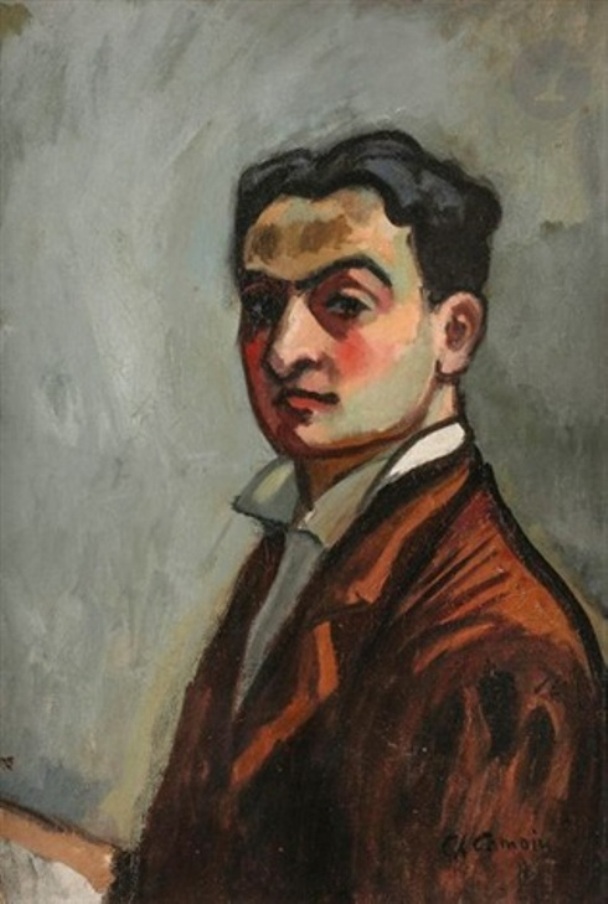
Charles Camoin, a French expressionist landscape painter, was a prominent figure associated with the Fauvism movement. Born in Marseille, France, on September 23, 1879, Camoin's journey into the art world began at a young age, leading him to Paris where he joined Gustave Moreau's class at the École des Beaux-Arts. It was here that he met Henri Matisse and other artists who would form the nucleus of the Fauve group, a circle known for their wild, expressionist-like use of color, which earned them the moniker "the wild beasts".
Camoin's art is celebrated for its vibrant color palette and expressive landscapes, a testament to his association with the Fauvists. Despite this, his work displayed a chromatic moderation, attributed to his intuitive and non-systematic approach to fauvism, setting him apart from his contemporaries. His masterpiece, the Portrait of Albert Marquet, epitomizes Camoin's unique style and is considered a pivotal piece of his oeuvre.
Throughout his career, Camoin's works were widely exhibited, earning him a place in major French collections, including the Musée d'Art Moderne de la ville de Paris and the Centre Georges Pompidou. Notably, his contributions to art were recognized with the Prix du Président de la République at the Biennale of Menton in 1955. His legacy includes a significant body of work that remains influential in the study of Fauvism and early 20th-century French art. Camoin passed away in Paris on May 20, 1965, leaving behind a rich legacy that continues to inspire art enthusiasts and collectors alike.
For collectors and experts in art and antiques, Camoin's work represents not only a pivotal moment in the evolution of modern art but also an opportunity to engage with the vibrant and emotive expressions of Fauvism. His paintings, characterized by a joyful and luminous use of color, offer a captivating glimpse into the artist's perception of the world around him.
If you're interested in staying updated on new discoveries, sales, and auction events related to Charles Camoin, signing up for updates can be a valuable resource. This ensures you're informed about the latest opportunities to acquire works by this remarkable artist, enhancing your collection with pieces that embody the spirit and innovation of early 20th-century art.
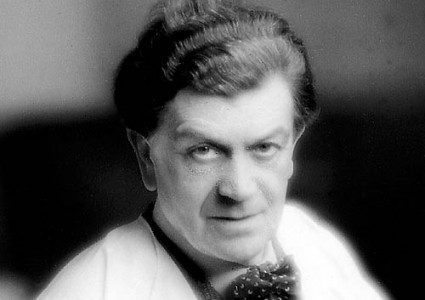
Othon Friesz was a French artist, pivotal in the Fauvism movement, celebrated for his vivid use of color and dynamic composition. Born in Le Havre, his artistic journey began under the guidance of Charles Lhuillier, which deeply influenced his foundational style. Initially, Friesz experimented with the luminous palette of Fauvism, creating works alongside contemporaries like Henri Matisse and André Derain. His Fauvist period was marked by bold, unmodulated colors aimed at capturing the emotional effect of a scene rather than its realistic depiction.
However, the later years of his career saw a significant shift in his artistic approach. Moving away from the Fauvist style, Friesz embraced a more classical and structured composition, drawing inspiration from the likes of Poussin, Chardin, and Corot. This transition reflected his respect for Cézanne's principles of logical composition and simple tonality. Despite this evolution, his work retained a baroque vitality, particularly in his landscapes, still lifes, and figure paintings, where the careful arrangement of planes and volumes spoke of his deep understanding of spatial relationships.
Friesz's oeuvre is a testament to his versatility and ability to adapt and evolve his style while remaining rooted in classical traditions. His works, spanning from vibrant Fauvist landscapes to more restrained classical compositions, are housed in prestigious collections and museums worldwide, offering a comprehensive view of his artistic development.
For art collectors and enthusiasts, Friesz's body of work offers a unique insight into the early 20th-century European art scene, particularly the transition from avant-garde movements like Fauvism to more traditional approaches. His paintings not only reflect his personal artistic journey but also the broader shifts in art history during his lifetime.
To stay informed on new product sales and auction events related to Othon Friesz, signing up for updates can be a valuable resource. This subscription ensures that collectors and experts in art and antiques are always in the know regarding opportunities to acquire works by this influential artist.
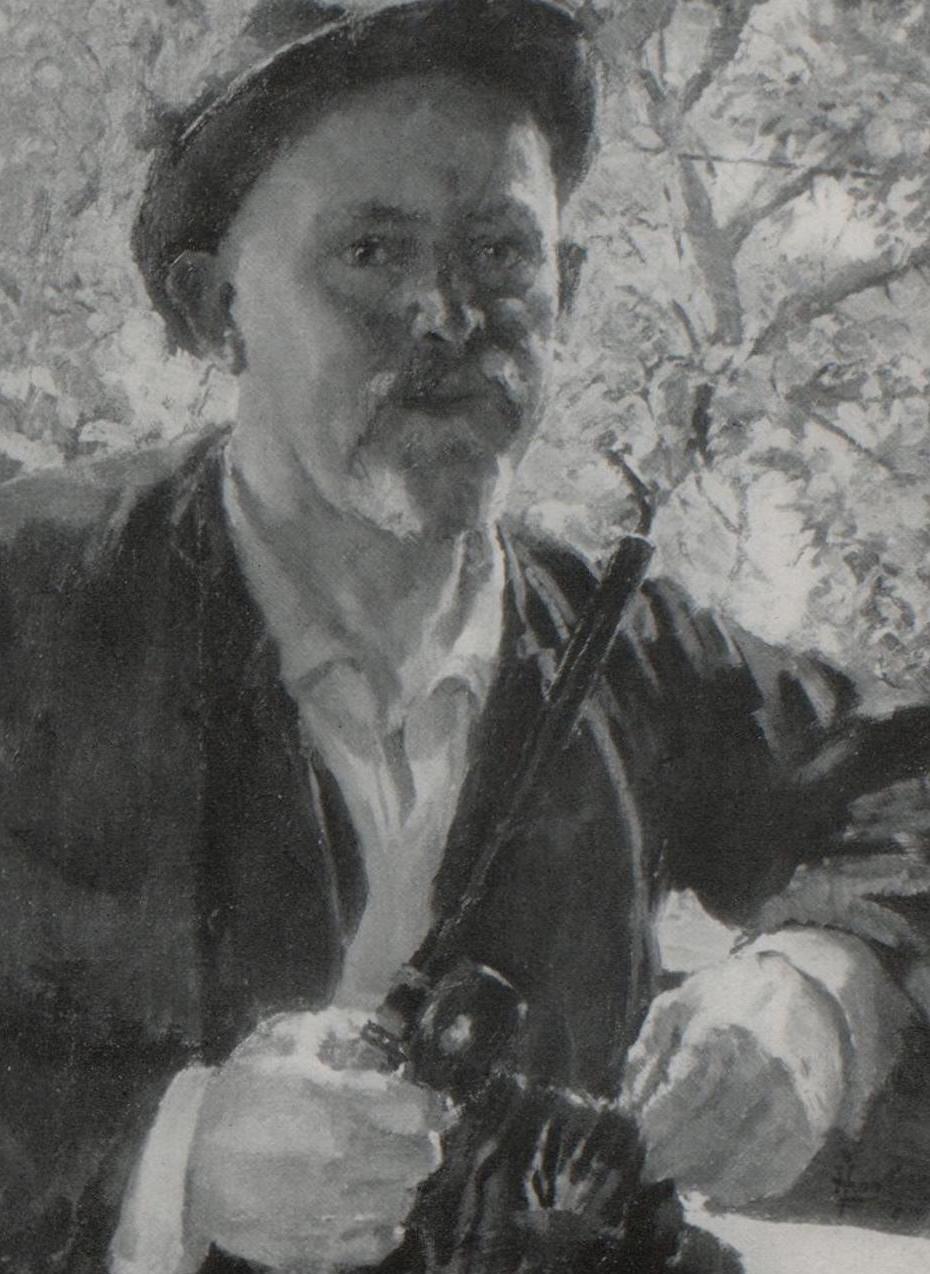
Hermann Groeber was a German painter who was known throughout Germany as a portraitist and landscape artist.
Hermann Groeber gained early success as a self-employed painter. He joined the German Association of Artists, and after Ludwig Schmid-Reutte was appointed to Karlsruhe, Groeber took over his class of nude acts, which soon enjoyed great popularity.
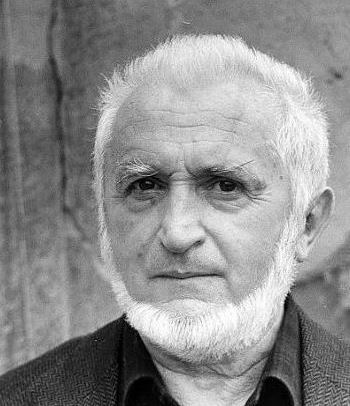
Otto Eglau was a German graphic artist.
During World War II he served in the Nazi army and was a prisoner of war. After his liberation, Eglau studied at the Berlin Academy of Art and taught free drawing and painting at the Technical University of Berlin. Between 1951 and 1970, Eglau made study trips around the world and taught etching technique at the International Summer Academy of Fine Arts in Salzburg. From 1983 until his death in 1988, he worked alternately in studios in Berlin and on the island of Sylt.
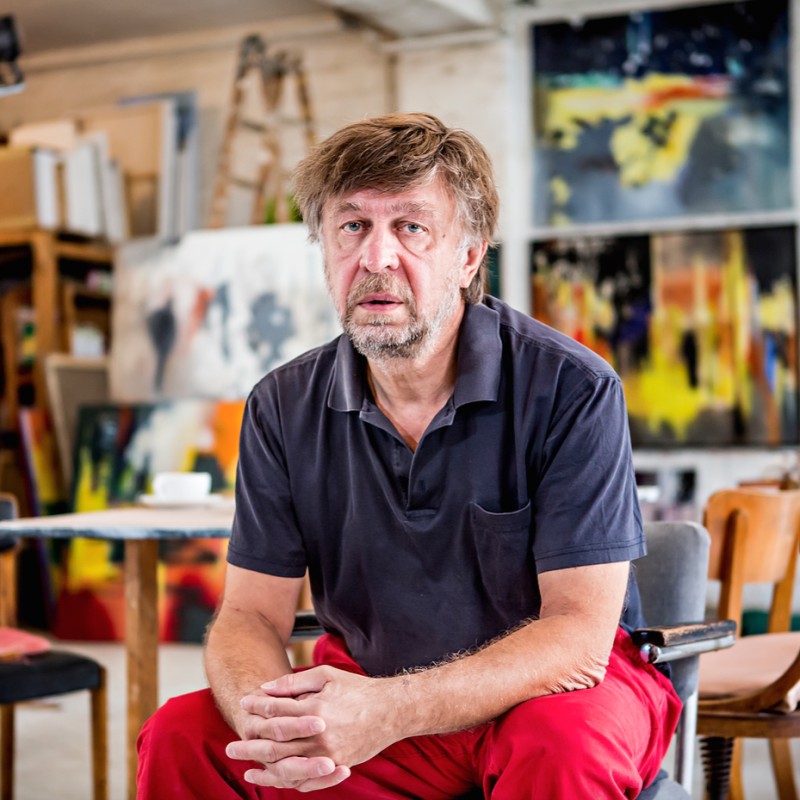
Reinhard Stangl is a German artist living and working in Berlin and Brazil.
Stangl studied painting at the Dresden University of Fine Arts. He later held visiting professor positions himself, including at the Hochschule der Bildende Künste Berlin and the Hochschule für Gestaltung Hamburg.
Stangl paints in a variety of genres. Some of the artist's works are based on the urbanism of the metropolis, while others, on the contrary, are closer to nature and landscape. Among his paintings there are scenes in restaurants, and full of dynamics sports scenes. In terms of saturation of colors and emotions, his paintings are also very different, but they are always characterized by inner power.
The artist's works are in various famous collections, including the German Bundestag or the Berlin Gallery.

Reinhard Stangl is a German artist living and working in Berlin and Brazil.
Stangl studied painting at the Dresden University of Fine Arts. He later held visiting professor positions himself, including at the Hochschule der Bildende Künste Berlin and the Hochschule für Gestaltung Hamburg.
Stangl paints in a variety of genres. Some of the artist's works are based on the urbanism of the metropolis, while others, on the contrary, are closer to nature and landscape. Among his paintings there are scenes in restaurants, and full of dynamics sports scenes. In terms of saturation of colors and emotions, his paintings are also very different, but they are always characterized by inner power.
The artist's works are in various famous collections, including the German Bundestag or the Berlin Gallery.

Reinhard Stangl is a German artist living and working in Berlin and Brazil.
Stangl studied painting at the Dresden University of Fine Arts. He later held visiting professor positions himself, including at the Hochschule der Bildende Künste Berlin and the Hochschule für Gestaltung Hamburg.
Stangl paints in a variety of genres. Some of the artist's works are based on the urbanism of the metropolis, while others, on the contrary, are closer to nature and landscape. Among his paintings there are scenes in restaurants, and full of dynamics sports scenes. In terms of saturation of colors and emotions, his paintings are also very different, but they are always characterized by inner power.
The artist's works are in various famous collections, including the German Bundestag or the Berlin Gallery.

Reinhard Stangl is a German artist living and working in Berlin and Brazil.
Stangl studied painting at the Dresden University of Fine Arts. He later held visiting professor positions himself, including at the Hochschule der Bildende Künste Berlin and the Hochschule für Gestaltung Hamburg.
Stangl paints in a variety of genres. Some of the artist's works are based on the urbanism of the metropolis, while others, on the contrary, are closer to nature and landscape. Among his paintings there are scenes in restaurants, and full of dynamics sports scenes. In terms of saturation of colors and emotions, his paintings are also very different, but they are always characterized by inner power.
The artist's works are in various famous collections, including the German Bundestag or the Berlin Gallery.
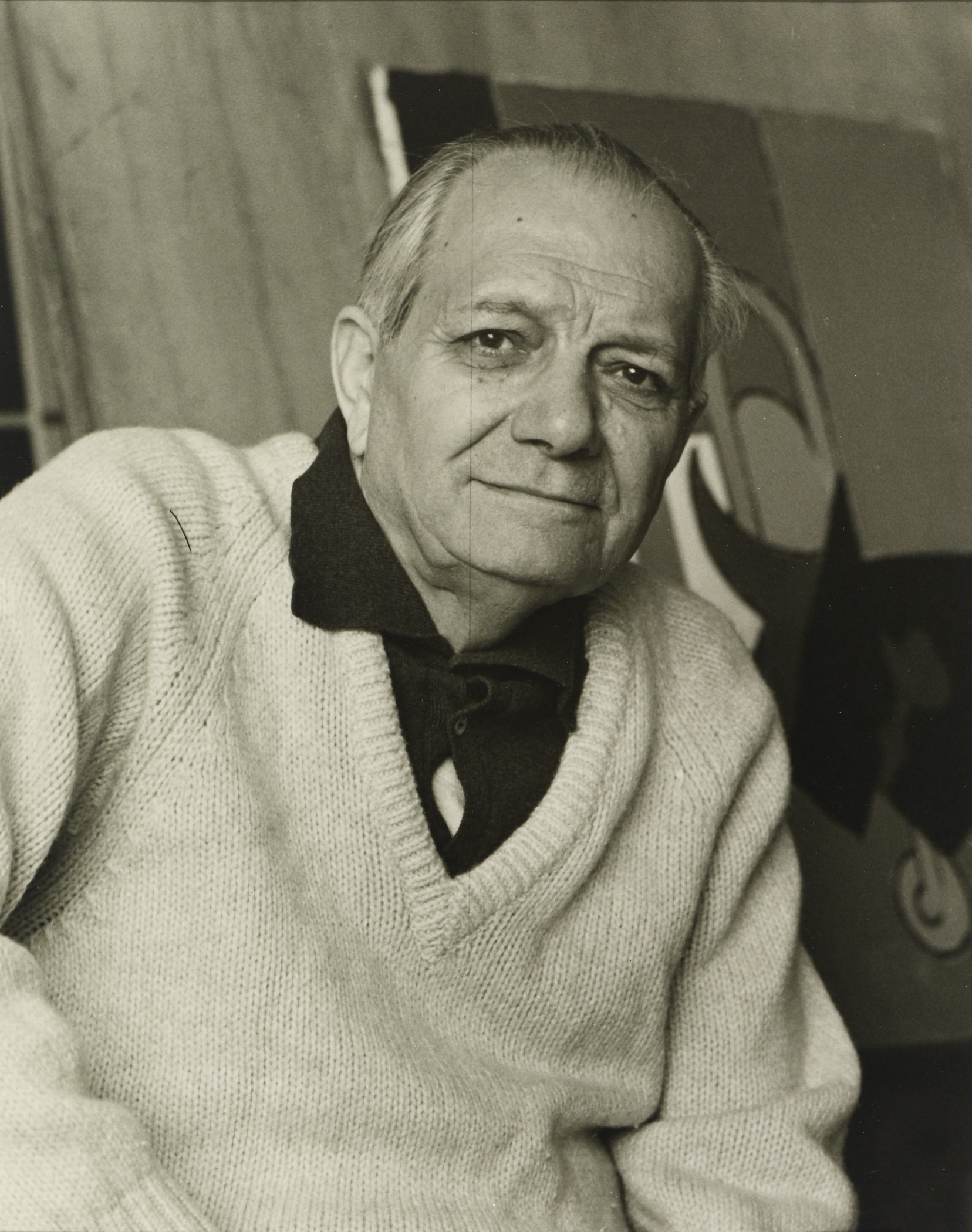
Alberto Magnelli was an Italian painter who played a significant role in the development of 20th century abstract art. He was born in Florence, Italy, and began his artistic training at the Academy of Fine Arts in Florence.
Magnelli's early work was heavily influenced by the Italian Futurist movement, but he later became interested in abstract art and began to experiment with different forms of abstraction. His paintings often featured geometric shapes, bold colors, and strong contrasts between light and dark.
During World War II, Magnelli fled to Switzerland and later moved to Paris, where he became involved with the Surrealist movement and formed close friendships with artists such as Piet Mondrian and Max Ernst. In the 1950s and 60s, he began to incorporate organic forms and more fluid, gestural marks into his work.
His work continues to be exhibited and studied around the world, and his legacy has had a significant impact on the development of modern and contemporary art in Italy and beyond.
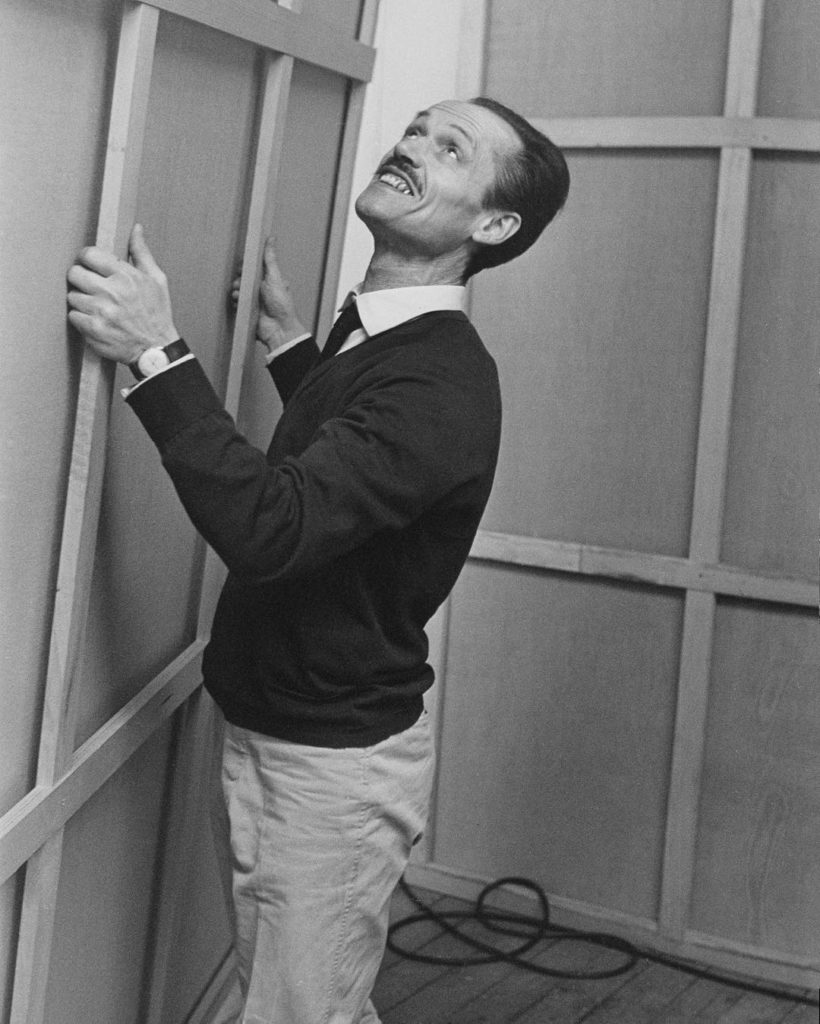
Jean Degottex was a French painter and a pioneer of lyrical abstraction.
Self-taught, in the army in Tunisia and Algeria when he was in his early 20s, Jean painted his first figurative paintings influenced by Fauvism. In 1951, Degottex was awarded the Kandinsky Prize, and from 1954 he began to paint in the style of gesture abstraction. He was also particularly inspired by East Asian calligraphy and Zen philosophy.
Degottex painted large-scale works, often in series, and in the 1970s began experimenting with paper art, folding and tearing paper. His work has always been characterized by extreme minimalism, and the artist meditates for a long time before starting to draw.
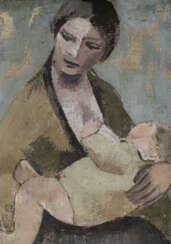

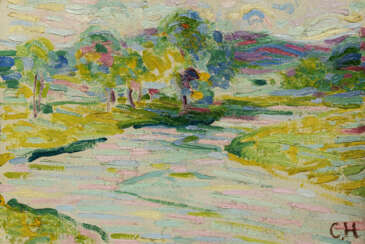

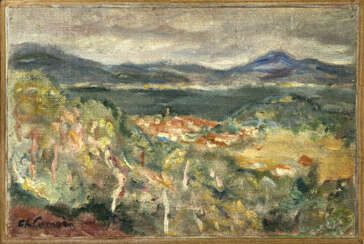

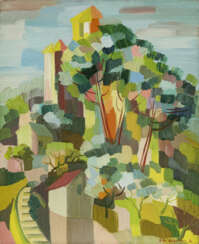

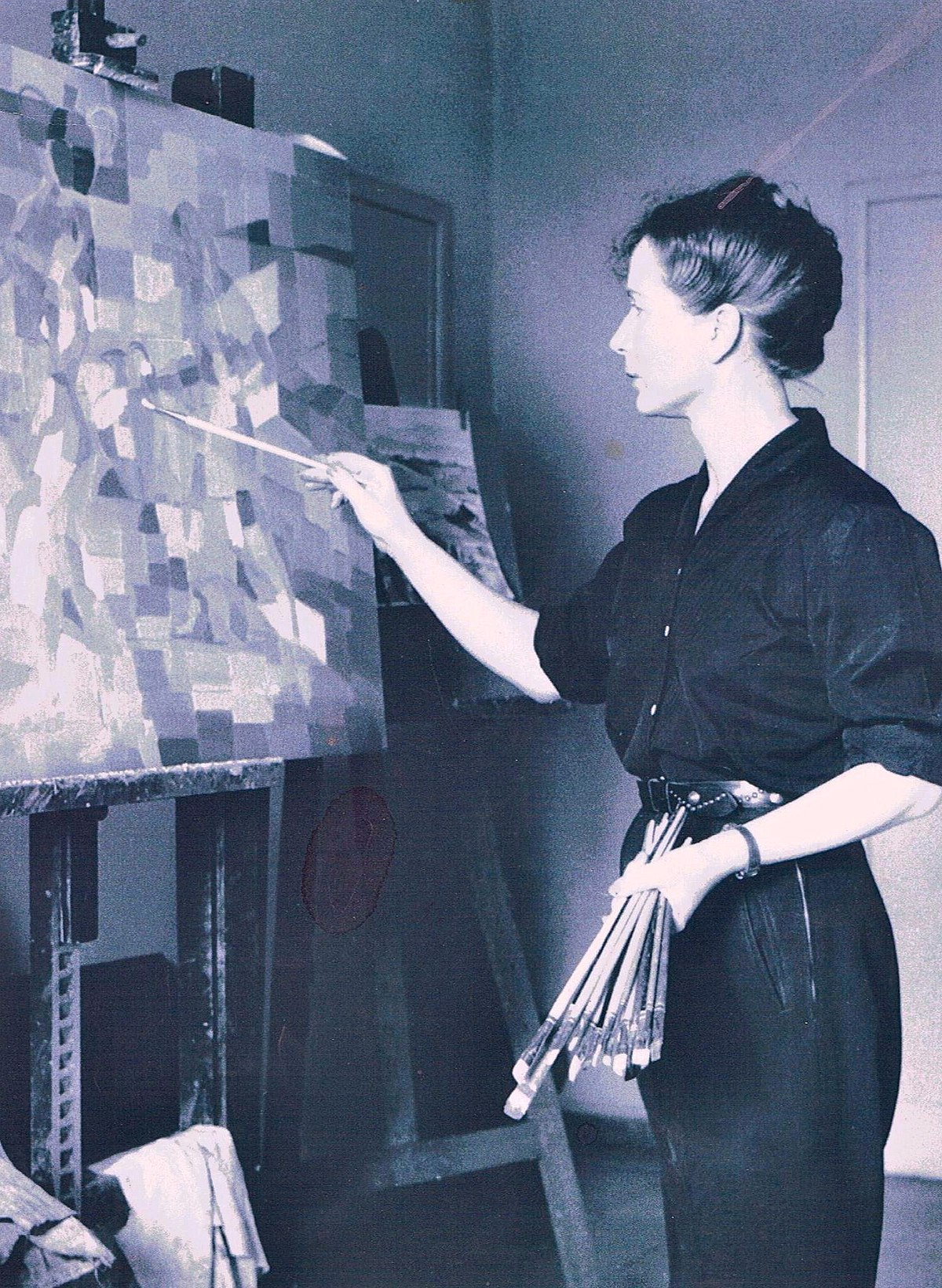
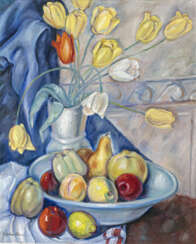

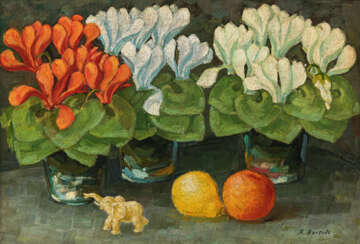

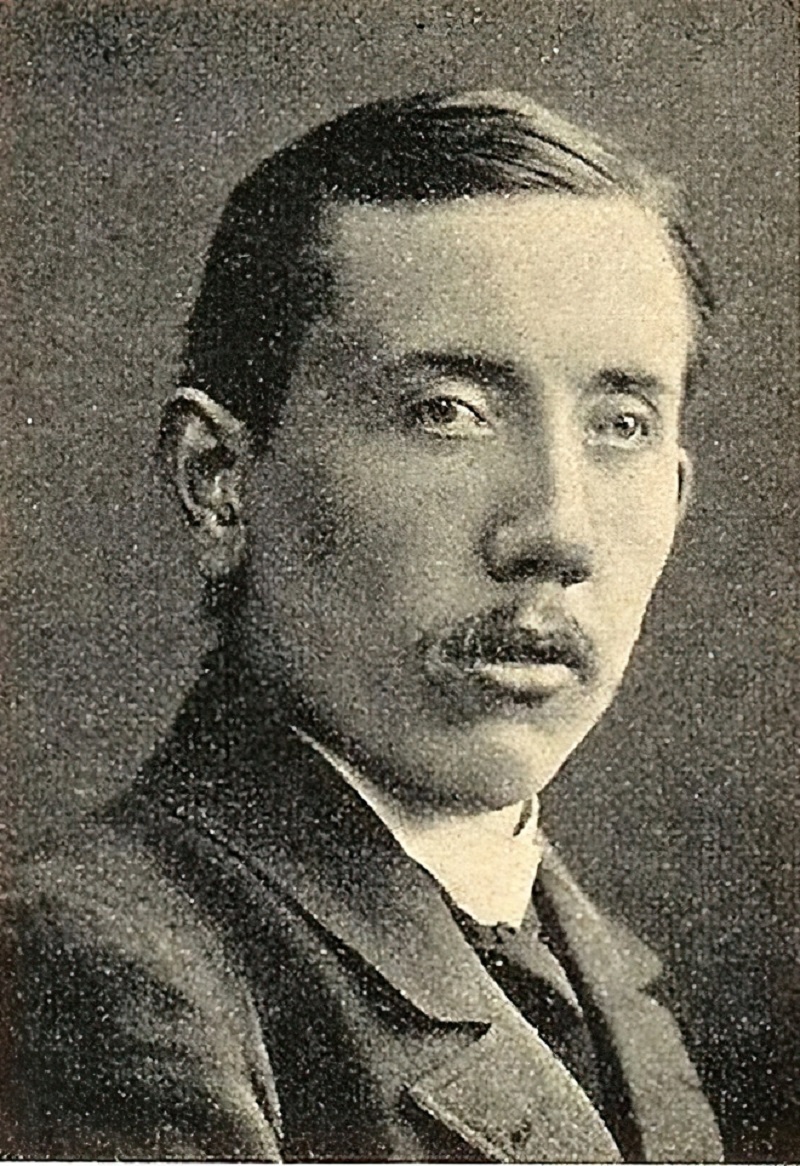
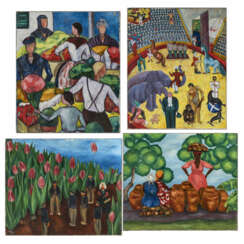

 Loring.jpg)
